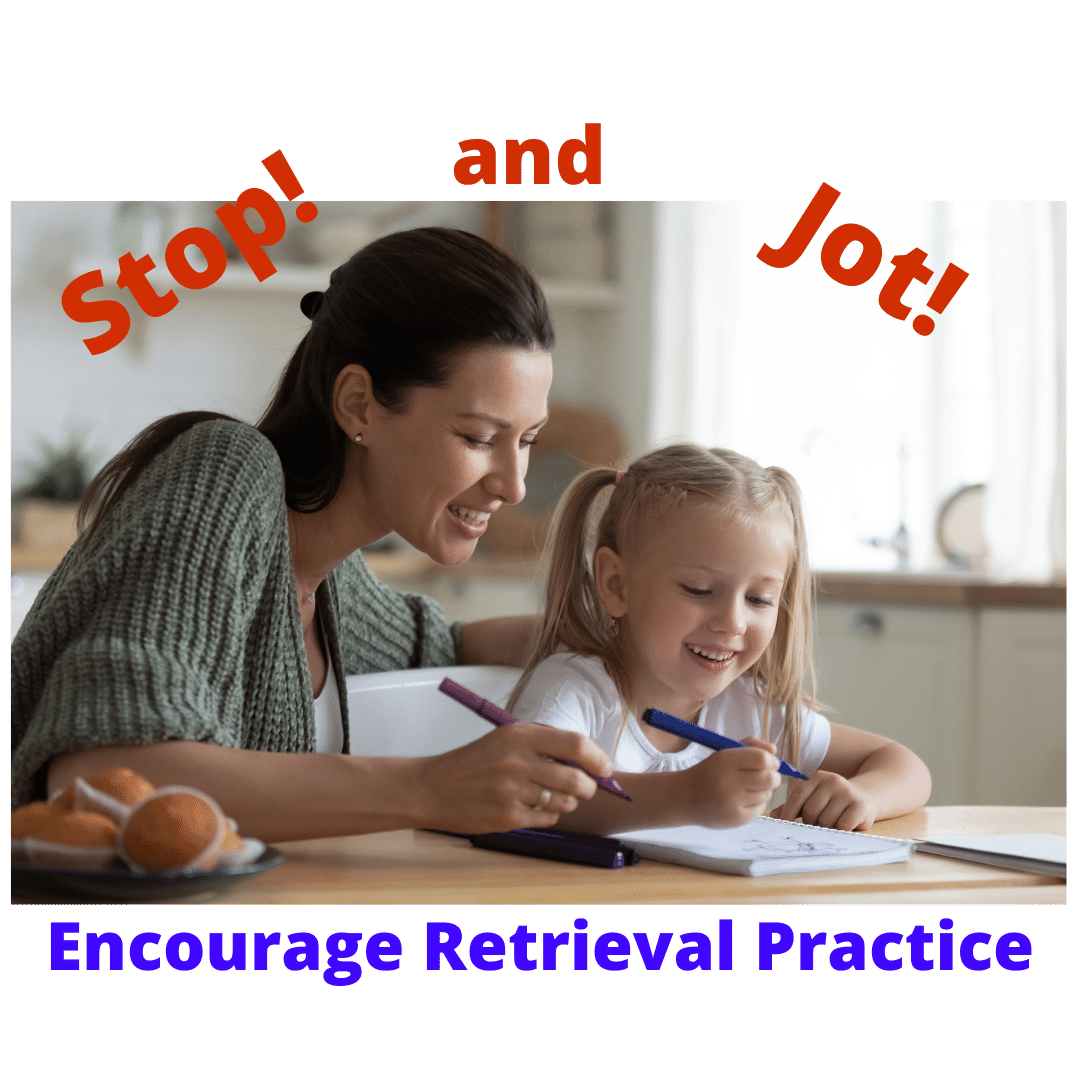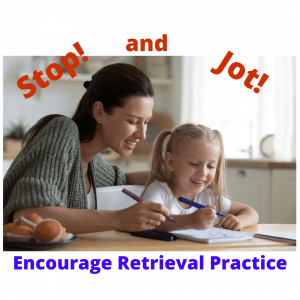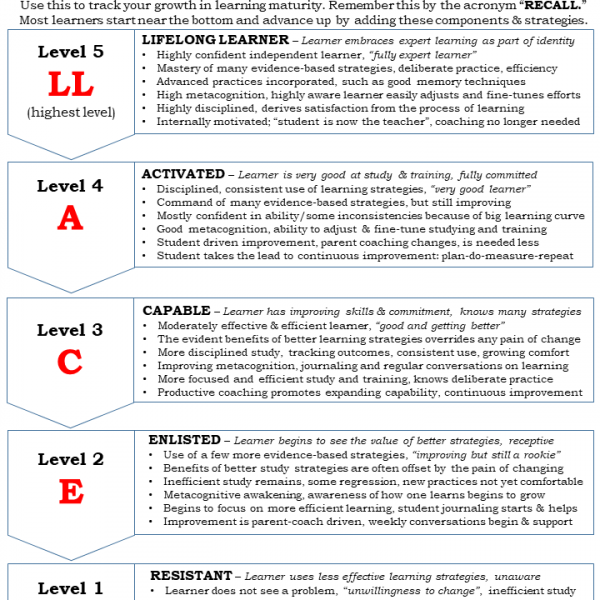
Teaching Tip: Stop and Jot

Reading time: 8 minutes
Looking for a great way to encourage more retrieval practice in your classroom?
This is a technique you can seamlessly plug into your existing lesson plans and activities multiple times a day. After you gain comfort with it, you should be able to effortlessly do it in less than 5 minutes. And it provides an energizing interactive break in your lesson.
 Effective learning involves putting information into the brain, then practicing retrieving it. You want to strike a balance between both. Since you are likely already doing some retrieval practice, this wonderful teaching technique allows you to deftly do it more often. And it doesn’t take any more preparation time to add this powerful tool to your instructional toolbox.
Effective learning involves putting information into the brain, then practicing retrieving it. You want to strike a balance between both. Since you are likely already doing some retrieval practice, this wonderful teaching technique allows you to deftly do it more often. And it doesn’t take any more preparation time to add this powerful tool to your instructional toolbox.
Stop and Jot is a fun alternative to kids passively taking notes. Use it during your class presentations, lectures, readings, and watching online videos. You can even deploy this during field trips. The technique is simple – during your activity, call a “Stop and Jot” pause, then encourage your kids to individually write down brief notes describing what they just learned. But always do this with closed books or a covered whiteboard – because you are encouraging the retrieval of information, not reviewing it.
After the kids have written their notes, lead a brief discussion of what they learned. Correct and explain where needed. Do this several times during a lecture, reading, or presentation. This complements note-making because it promotes longer-term retention through retrieval.
Here’s the three easy steps:
Step 1. Stop – At the start of the lesson, ask your learners to draw a rectangle on the page where they are making notes for that lesson. Refer to this as their “stop box.”
Step 2. Jot – At least once during each lesson, strategically call for a “stop and jot” and ask a question that prompts recalling key information that students will then list in their “stop box.” (Keep it simple so that it only takes a minute to do – “List 3 of the main points we have covered so far.” Or “List at least 3 bullet points you learned about George Washington from this video that you did not know before.”
Step 3. Share – Quickly process this information – in larger groups by asking for volunteers to share a few responses with the whole class. Processing encourages thinking and helps with the retention of that information. After this, add your comments, expansion, or corrections when needed, provide praise, then resume the lesson.
Stop-Jot-Share. That’s all there is to it! It’s easy to do.
When You Should Use it
| · Before introducing new material to activate kids’ prior knowledge
· During the middle of a lesson to provide students an opportunity to make sense of the material · During a lesson as a way to “check for understanding” |
· After your lesson to clarify or confirm key ideas or critical pieces of information
· After the lesson to allow students to make connections to previously learned material · After your lesson to allow students to discover personal relevance |
Also see Retrieval Practice in parent resources for more information.






